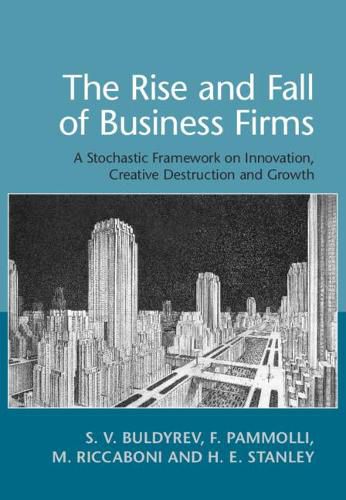Readings Newsletter
Become a Readings Member to make your shopping experience even easier.
Sign in or sign up for free!
You’re not far away from qualifying for FREE standard shipping within Australia
You’ve qualified for FREE standard shipping within Australia
The cart is loading…






At the intersection between statistical physics and rigorous econometric analysis, this powerful new framework sheds light on how innovation and competition shape the growth and decline of companies and industries. Analyzing various sources of data including a unique micro level database which collects historic data on the sales of more than 3,000 firms and 50,000 products in 20 countries, the authors introduce and test a model of innovation and proportional growth, which relies on minimal assumptions and accounts for the empirically observed regularities. Through a combination of extensive stochastic simulations and statistical tests, the authors investigate to what extent their simple assumptions are falsified by empirically observable facts. Physicists looking for application of their mathematical and modelling skills to relevant economic problems as well as economists interested in the explorative analysis of extensive data sets and in a physics-orientated way of thinking will find this book a key reference.
$9.00 standard shipping within Australia
FREE standard shipping within Australia for orders over $100.00
Express & International shipping calculated at checkout
At the intersection between statistical physics and rigorous econometric analysis, this powerful new framework sheds light on how innovation and competition shape the growth and decline of companies and industries. Analyzing various sources of data including a unique micro level database which collects historic data on the sales of more than 3,000 firms and 50,000 products in 20 countries, the authors introduce and test a model of innovation and proportional growth, which relies on minimal assumptions and accounts for the empirically observed regularities. Through a combination of extensive stochastic simulations and statistical tests, the authors investigate to what extent their simple assumptions are falsified by empirically observable facts. Physicists looking for application of their mathematical and modelling skills to relevant economic problems as well as economists interested in the explorative analysis of extensive data sets and in a physics-orientated way of thinking will find this book a key reference.